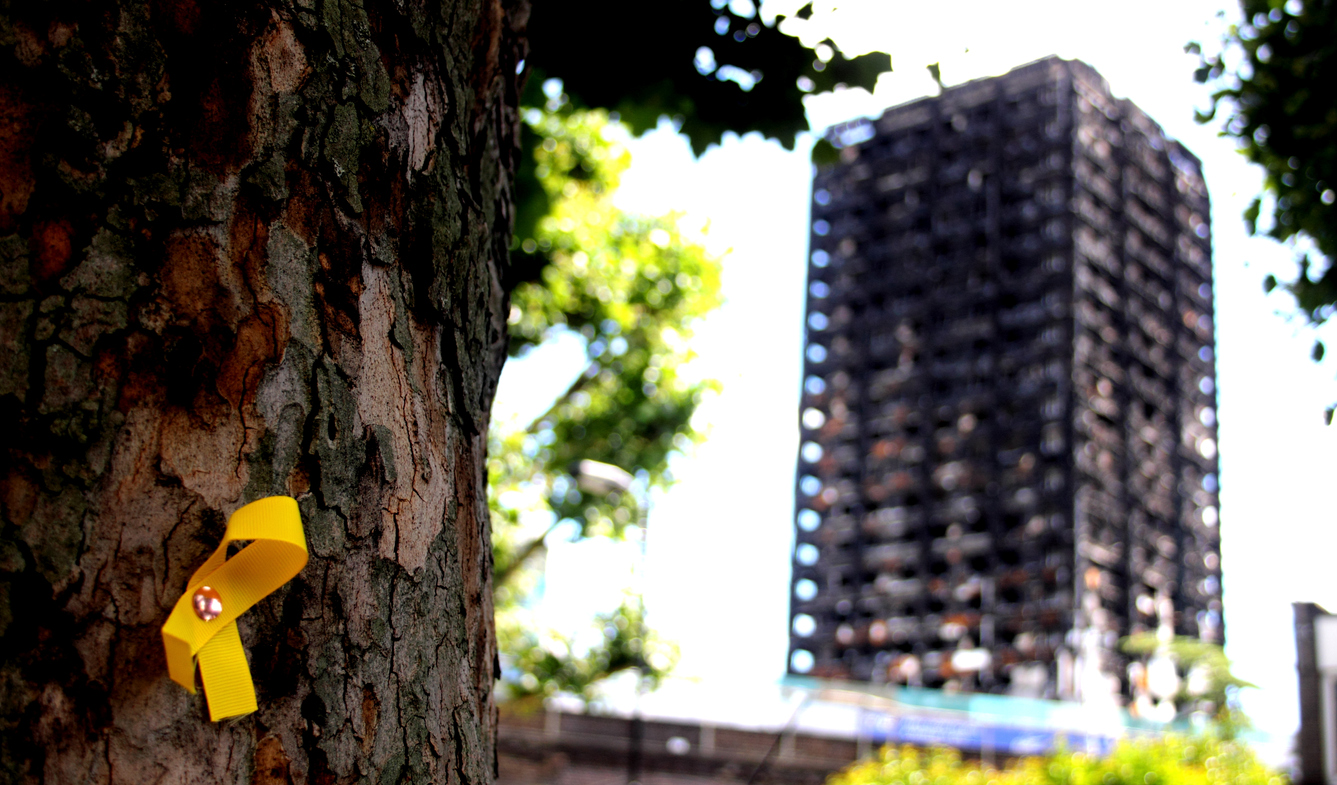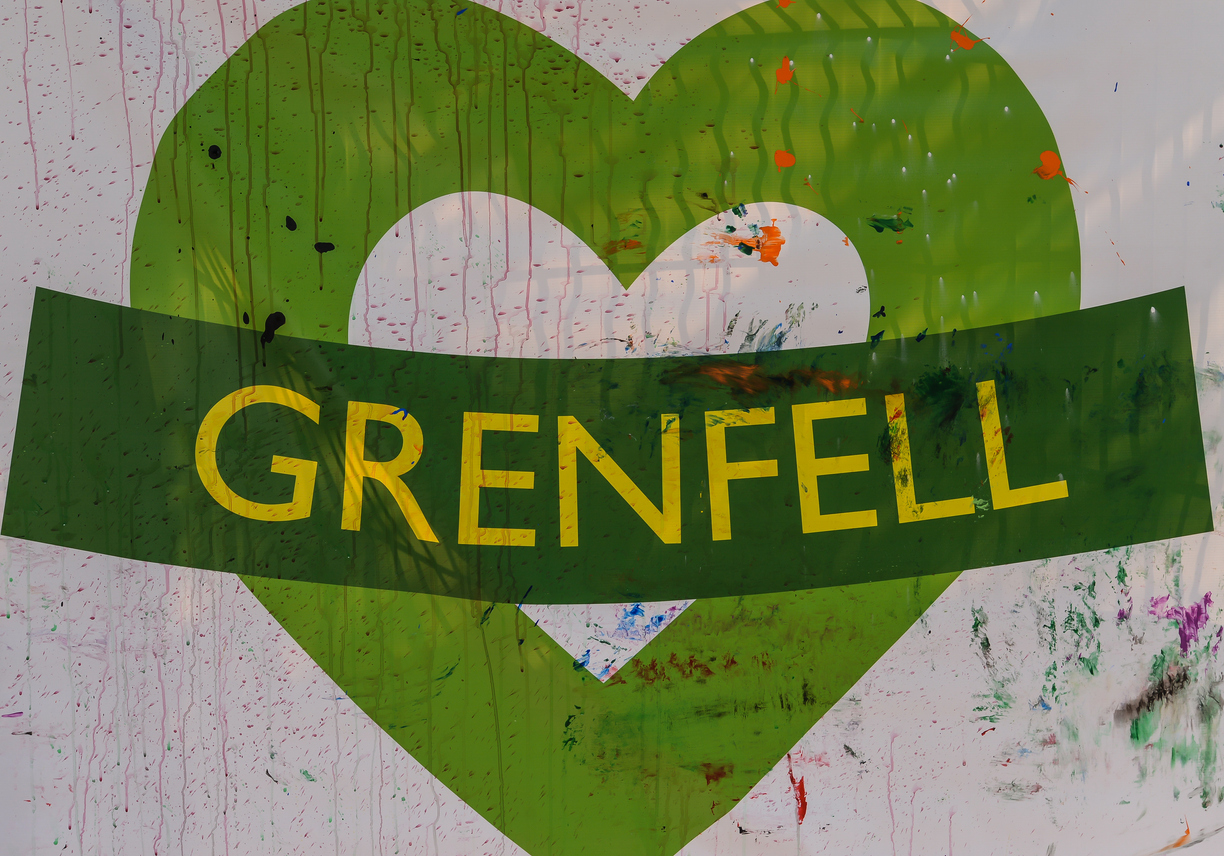At the time of writing, it’s been 5 years since the devastating fire that took 72 lives in Grenfell Tower on the 13th June 2017. During that time there has been a great deal of justified anger and soul searching to go with the many promises that such an event will never occur again. Alongside the recommendations proposed in the Hackitt report, there has also been a 4-year inquiry headed by a legal team that examined over 320,000 documents. But many within the fire and construction industry are yet to be convinced by the direction that is taking shape under the eye of the government, so are implementing their own safety initiatives. In this two-part blog, we take a look at how the Grenfell disaster came about and what can be done to avert future tragedies.
An avoidable tragedy
With 27 commercial organisations and 8 public bodies caught up in the narrative, it seems unlikely that anyone will ever take sole responsibility for the deaths. Right across the board, the finger has been pointed at those involved, from designers and manufacturers to firefighters and inspectors. There has been a shocking admittance of important information being ignored in the run-up to the tragedy, with people neglecting to open crucial documents in email attachments. It has been suggested that the way we conduct our business nowadays; overstretched, deluged by admin and cut off from consequences, is a major factor in how the tragedy unfurled.
Responsibilities were shirked and warnings were ignored. For example, Grenfell’s landlord blocked all staff from seeing a blog written by residents that raised concerns about an imminent fire risk.
In the internet age, you’d assume that joined-up thinking between different departments would be the norm, but if anything, the weight of individual admin is a burden that can put up fatal barriers. It was this culture that led to the emergence of Hackitt’s ‘Golden Thread of Information’ which focused ‘on the need to implement a more collaborative process of sharing information about high-rise residential buildings’.

Contributing factors
Speaking at the Grenfell Tower memorial service at Westminster Abbey in June 2022, human rights lawyer Imran Khan passionately expressed some key factors that led to the shocking events 5 years previously.
- Some disabled tenants were housed on the 18th floor of the tower without an evacuation plan.
- Residents’ concerns over non-compliant fire doors and a lack of smoke alarms were ignored.
- Similarly, complaints about poorly implemented refurbishments and dangerous living conditions were cast aside.
- Those responsible for the Grenfell refurbishment put profit before people, whilst combustible cladding was also pasted to other high rises across the country.
The inquiry’s initial 800-page report described that after the fire broke out at 12.54am, the flames had reached the top floor on the eastern side by 1.29am. It took over 6 and half hours for the last resident to escape. The report also criticised the ‘Stay Put’ policy adopted by the London Fire Brigade, saying that this should have been reversed, and personnel should have ordered an evacuation instead of presuming that the fire could be contained. But this criticism angered those who championed the bravery of the firefighters on the night. And what about the cladding that covered the 40-year-old tower?
Material evidence
There was a great deal of buck-passing as to who was at fault within the three companies that supplied the building’s cladding system, with tales emerging of profits being prioritised above safety. Materials of limited combustion, previously banned in this country until 2006, were now permitted by the government for use in certain buildings – subject to rigorous tests. But the testing process itself was complex and flawed.
In text messages, even employees of one of the insulating firms implied that its performance wasn’t to be trusted. It was claimed that deceitful practices were executed during testing, obscured from examiners and those who awarded the contracts, resulting in substandard materials being put out to tender. Eventually, the refurbishment team at Grenfell bought 660 foam-insulated panels at a nearly 50% discount. According to the inquiry, this insulation had “contributed to the rate and extent of vertical flame spread.” This was along with the plastic-filled panels that were judged to be the main reason why the flames spread so quickly.
Despite evidence that the polyethylene (PE) cassettes used in Grenfell were dangerously combustible on facades, their French parent company still targeted sales in this country due to our lax regulations, even though they were aware of reports confirming the lethal toxicity of their fumes.

Photo credit: iStock.com/OlivierGuiberteau
Saving money over lives
Why was the non-combustible zinc cladding changed in the first place? Simply put: to save money. The firm that won the contract for refurbishing Grenfell had to make up for the shortfall when underquoting for the bid they won. So they then went about persuading the planners of the benefits of using combustible PE. Any doubts from the Tenant Management Organisation that the bid was “abnormally low” were ignored. From this, a chain of subcontractors came onto the project, each relying on the other for assurances, creating a sense of false confidence. Non-combustible mineral wool was meant to be fitted around the windows but instead a combustible foam was used.
Due to austerity cuts, Kensington and Chelsea had lost ten experienced building control inspectors, so compliance checks were not as thorough as they should have been. After David Cameron announced in 2012 that he “wanted to kill off health and safety culture for good,” it’s perhaps unsurprising that the government’s response to forming cohesive building regulations guidance to constructors regarding fire safety has appeared half-hearted and contradictory, with little sense of continuity.
The Grenfell inquiry shows us the devastating consequences when, as Sadiq Khan said, “profits are prioritised over personal safety, how privatisation and deregulation weakens our approach to building standards and where institutional disdain is shown towards those in social housing.”
So as the report prepares to be published in 2023*, where does this leave us going forward?
Join us in part two to find out.
Sources:
https://tinyurl.com/2p9wwynj
https://tinyurl.com/bdza3vep
https://tinyurl.com/fe52w4rf
*UPDATE: Part 2 of the Grenfell report has now been delayed until 2024








0 Comments